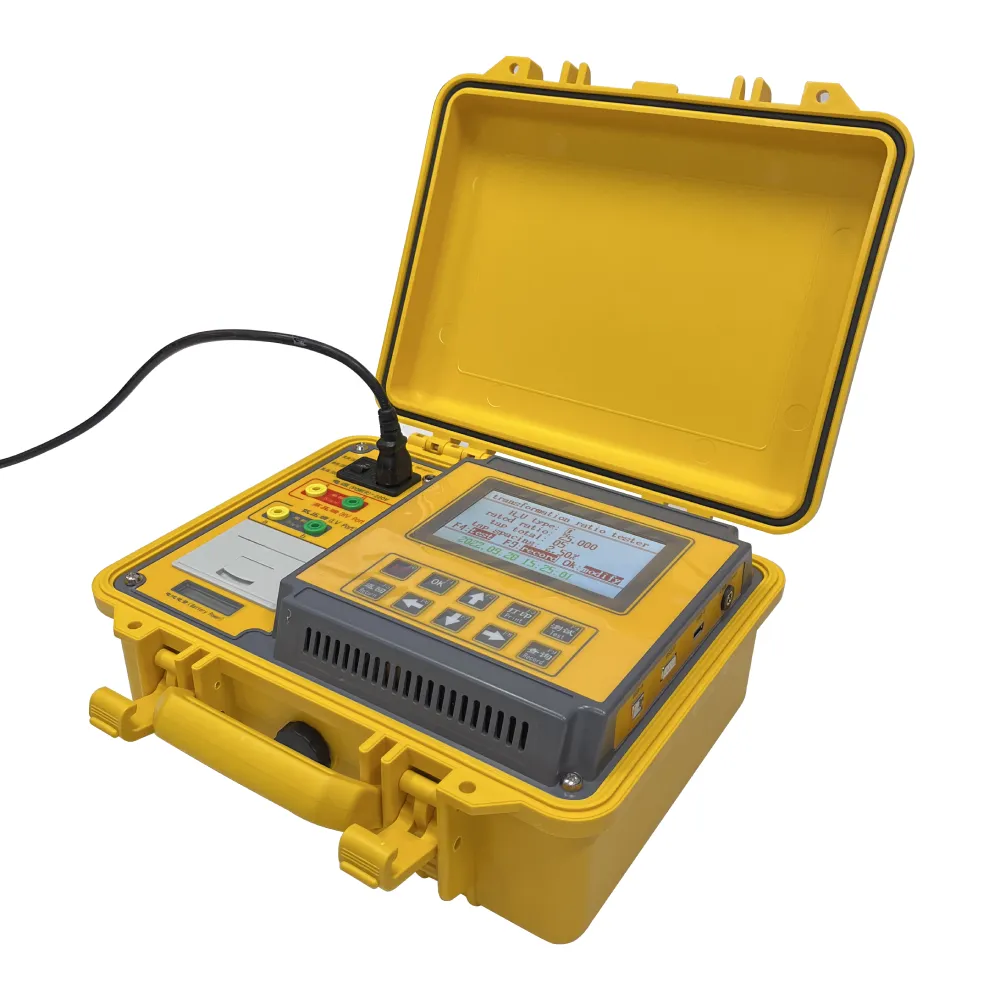 English
English



-
 Afrikaans
Afrikaans -
 Albanian
Albanian -
 Amharic
Amharic -
 Arabic
Arabic -
 Armenian
Armenian -
 Azerbaijani
Azerbaijani -
 Basque
Basque -
 Belarusian
Belarusian -
 Bengali
Bengali -
 Bosnian
Bosnian -
 Bulgarian
Bulgarian -
 Catalan
Catalan -
 Cebuano
Cebuano -
 China
China -
 China (Taiwan)
China (Taiwan) -
 Corsican
Corsican -
 Croatian
Croatian -
 Czech
Czech -
 Danish
Danish -
 Dutch
Dutch -
 English
English -
 Esperanto
Esperanto -
 Estonian
Estonian -
 Finnish
Finnish -
 French
French -
 Frisian
Frisian -
 Galician
Galician -
 Georgian
Georgian -
 German
German -
 Greek
Greek -
 Gujarati
Gujarati -
 Haitian Creole
Haitian Creole -
 hausa
hausa -
 hawaiian
hawaiian -
 Hebrew
Hebrew -
 Hindi
Hindi -
 Miao
Miao -
 Hungarian
Hungarian -
 Icelandic
Icelandic -
 igbo
igbo -
 Indonesian
Indonesian -
 irish
irish -
 Italian
Italian -
 Japanese
Japanese -
 Javanese
Javanese -
 Kannada
Kannada -
 kazakh
kazakh -
 Khmer
Khmer -
 Rwandese
Rwandese -
 Korean
Korean -
 Kurdish
Kurdish -
 Kyrgyz
Kyrgyz -
 Lao
Lao -
 Latin
Latin -
 Latvian
Latvian -
 Lithuanian
Lithuanian -
 Luxembourgish
Luxembourgish -
 Macedonian
Macedonian -
 Malgashi
Malgashi -
 Malay
Malay -
 Malayalam
Malayalam -
 Maltese
Maltese -
 Maori
Maori -
 Marathi
Marathi -
 Mongolian
Mongolian -
 Myanmar
Myanmar -
 Nepali
Nepali -
 Norwegian
Norwegian -
 Norwegian
Norwegian -
 Occitan
Occitan -
 Pashto
Pashto -
 Persian
Persian -
 Polish
Polish -
 Portuguese
Portuguese -
 Punjabi
Punjabi -
 Romanian
Romanian -
 Russian
Russian -
 Samoan
Samoan -
 Scottish Gaelic
Scottish Gaelic -
 Serbian
Serbian -
 Sesotho
Sesotho -
 Shona
Shona -
 Sindhi
Sindhi -
 Sinhala
Sinhala -
 Slovak
Slovak -
 Slovenian
Slovenian -
 Somali
Somali -
 Spanish
Spanish -
 Sundanese
Sundanese -
 Swahili
Swahili -
 Swedish
Swedish -
 Tagalog
Tagalog -
 Tajik
Tajik -
 Tamil
Tamil -
 Tatar
Tatar -
 Telugu
Telugu -
 Thai
Thai -
 Turkish
Turkish -
 Turkmen
Turkmen -
 Ukrainian
Ukrainian -
 Urdu
Urdu -
 Uighur
Uighur -
 Uzbek
Uzbek -
 Vietnamese
Vietnamese -
 Welsh
Welsh -
 Bantu
Bantu -
 Yiddish
Yiddish -
 Yoruba
Yoruba -
 Zulu
Zulu
earth loop resistance
Understanding Earth Loop Resistance Importance and Measurement
Earth loop resistance plays a crucial role in the safety and efficiency of electrical systems. It refers to the resistance found in the earthing system when current flows through it during a fault condition. Understanding this concept is vital for electrical engineers, safety professionals, and anyone involved in the maintenance and installation of electrical installations.
The Significance of Earth Loop Resistance
The primary function of grounding or earthing in any electrical system is to provide a safe path for fault currents to flow. In the event of a fault, such as a short circuit, the current needs to have a reliable route to the ground to prevent electric shock dangers or equipment damage. If the earth loop resistance is too high, the fault current may not be sufficient to trigger protective devices like circuit breakers or fuses, resulting in prolonged exposure to dangerous voltages.
Moreover, a low earth loop resistance ensures that the equipment connected to the electrical network operates efficiently. High resistance can lead to voltage drops and ineffective operation of electrical appliances, which can cause operational issues in industrial or residential settings. Thus, maintaining optimal earth loop resistance is essential not only for safety but also for the functional integrity of electrical systems.
Measuring Earth Loop Resistance
To measure earth loop resistance, specialized equipment is used, commonly referred to as an earth loop tester. This device can provide a detailed analysis of how effectively an earthing system can channel fault currents. The measurement process typically involves the following steps
2. Setting Up the Tester The tester is connected to the earth electrode and a reference point in the electrical system. Most modern testers are user-friendly and provide clear instructions on the connection process.
earth loop resistance

3. Conducting the Measurement The tester sends a small current through the earthing system. It then measures the resistance encountered. The result is typically displayed in ohms. The ideal resistance should generally be 1 ohm or less for effective systems, though this can vary based on local regulations and installation requirements.
4. Interpreting Results Understanding the measured values is crucial. If the resistance is higher than the acceptable thresholds, this indicates a potential issue with the earthing system, prompting further investigation and remedial action.
Factors Affecting Earth Loop Resistance
Several factors can influence earth loop resistance, including
- Soil Composition The conductivity of the soil directly affects resistivity. Moist, mineral-rich soils have lower resistance than dry, sandy soils.
- Electrode Material and Configuration Different materials (copper, galvanized steel) and the design of the grounding system (e.g., vertical rods, horizontal plates) also impact resistance.
- Environmental Conditions Seasonal changes and weather conditions can cause fluctuations in moisture levels in the ground, affecting resistivity.
Conclusion
In conclusion, earth loop resistance is a vital parameter in electrical safety and system performance. Regular testing and monitoring of earth loop resistance are essential practices for any electrical installation, ensuring not only compliance with safety standards but also the longevity and efficiency of electrical systems. By understanding and managing this critical aspect of electrical systems, we can reduce risks associated with electrical faults, thereby creating safer environments for both residential and industrial applications. Investing time and resources into proper earthing practices and regular assessments can ultimately save lives and protect valuable equipment.
-
Testing Equipment Industry Sees Major Advancements in 2025: Smart & Precision Technologies Lead the WayNewsJun.06,2025
-
Applications of Direct Current Generators in Renewable Energy SystemsNewsJun.05,2025
-
Hipot Tester Calibration and Accuracy GuidelinesNewsJun.05,2025
-
Digital Circuit Breaker Analyzer Features and BenefitsNewsJun.05,2025
-
Benefits of Real-Time Power Quality Monitoring Devices for Industrial EfficiencyNewsJun.05,2025
-
Earth Fault Loop Testing in High-Rise Building Electrical SystemsNewsJun.05,2025



